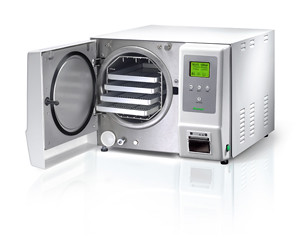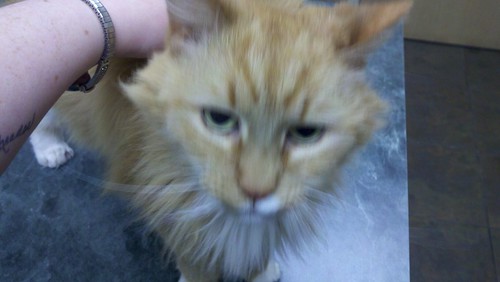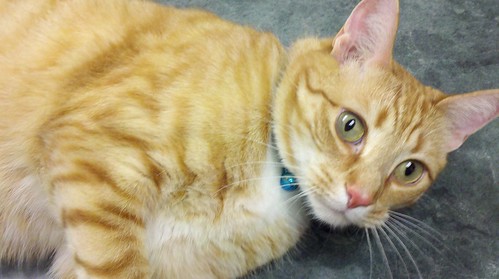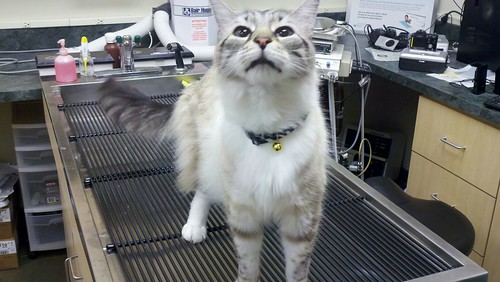So I’m still the newbie at Hartwood Animal Hospital (HAH)… but I’m okay with that because I’m taught something new every day. Baby steps, right? AND I get to wear comfy scrubs every day. It’s nice not having to pick out an outfit!
So right now, I’m currently learning about the way HAH works and how everyone goes about their tasks. First and foremost, this particular animal hospital is one of the most thoroughly cleaned hospitals I have ever been in. That means a lot of work for me and the other veterinary assistants, but everyone there does everything the right way. HAH also accepts wildlife, and I believe it is the only animal hospital in the area that does this. It makes me proud to work there! On a side note, HAH also hosts an annual “Walk For Wildlife” on Celebrate Virginia Parkway, and this year it’s on May 5th. Everyone should come and support wildlife!
HAH has basic areas that you would expect all animal hospitals to have: a treatment center, a surgery center, a lab area, and a kennel for boarding animals. Additionally, there are a few areas there that I never realized would be necessary. They have an isolation ward for animals that are not current on their vaccines so there’s no risk of any person or animal catching something unwanted. They also have a dental table, where the cleanings and extractions take place. There is an x-ray room, which actually has a lead door so no radiation seeps out. There is a whole pharmacy area where all of the medicine is kept. (I easily caught onto filling prescriptions.) They also do grooming at HAH, so there is a separate room for this as well. And all of these areas are located in the back– it doesn’t even include the lobby!
I haven’t been at HAH too long, but I feel like I have learned so much new, useful information. I’ve learned how to operate some of the machinery, like the Autoclave. Some of you may have heard of an Autoclave, but I hadn’t until I started working at HAH. It’s a huge sterlizing machine, where all of the surgery tools are sterilized. Generally, they look like this:
It’s a pretty neat machine. I was taught that when sterilizing individual tools (even though they are in pouches), the pouches can overlap each other, but the actual tools inside the pouches cannot. It somehow runs the risk of not properly sterilizing the tool. The machine is also used for sterilizing surgery packs. These include all of the tools needed for a specific type of surgery. For example, we have a spay pack (for female animals), a neuter pack (for male animals), an eye pack, a bone pack, and a few others. I learned how to properly double wrap these packs, which take more effort than I would have originally thought. They not only consist of all the right tools in a specific order, but also 30 pieces of gauze (split into two stacks of 15) and an indicator strip (which indicates whether or not the pack was thoroughly sterilized). These are what some of the tools look like:
Also, all of the gowns, towels, and drapes used in surgery have to be double wrapped and sterilized as well. If any sterilized item has not been used within a month, we must change the indicator strip, re-wrap them, and re-sterilize them. Needless to say, there is always a lot of work to be done!
Lastly, my favorite part about the whole animal hospital so far is the cat ward. I spend a lot of time in the cat ward because cats are messy and there’s always cleaning to be done. Not only that, but HAH actually houses three cats; they’re called the “hospital cats,” for obvious reasons. The best thing about the hospital cats is we let them roam the whole place whenever surgery’s not in session, so it’s like we all have pets there!
The first hospital cat who has been there the longest is Annie. (This picture of her is slightly blurry, but I was petting her and she kept trying to escape. ![]() )
)
Annie is fifteen years old now, and she was adopted by HAH a few years ago because she was homeless and everyone seemed to really enjoy her company. She’s got a silly habit of sitting behind the computer at the doctor’s station. Since she tends to stay there while she’s out of the cat ward, there is now a little bed that’s always there so she has a comfy place to sit.
The second hospital cat is Oliver.
Oliver is the youngest of the hospital cats. He’s two years old now. He was found outside as a kitten, so one of the doctors at HAH decided to adopt him, and he just fit right in! He’s very talkative, and he’s also probably the most compliant cat I’ve ever encountered. The doctor actually sometimes takes him into exam rooms to demonstrate to clients what certain procedures consist of because he just lies there and lets people pet him and mess with his paws.
Last but definitely not least is my favorite hospital cat, Sarge. This is him standing on the dental table.
Sarge is a very odd cat. He used to belong to the groomer, but he randomly went haywire and she couldn’t keep him at her house anymore. As soon as he got to the hospital, he was perfectly fine and content. She even tried to find him another home, but he continued to react the same whenever he was outside of HAH. Therefore, everyone just thought he’d be better off living at HAH. He’s so incredibly lovable, and he has a long nose (which you can’t exactly see in the above photo) so he looks like he belongs in The Lion King. ![]()
Thanks for reading, check back next week for the next HAH update!








Add a comment